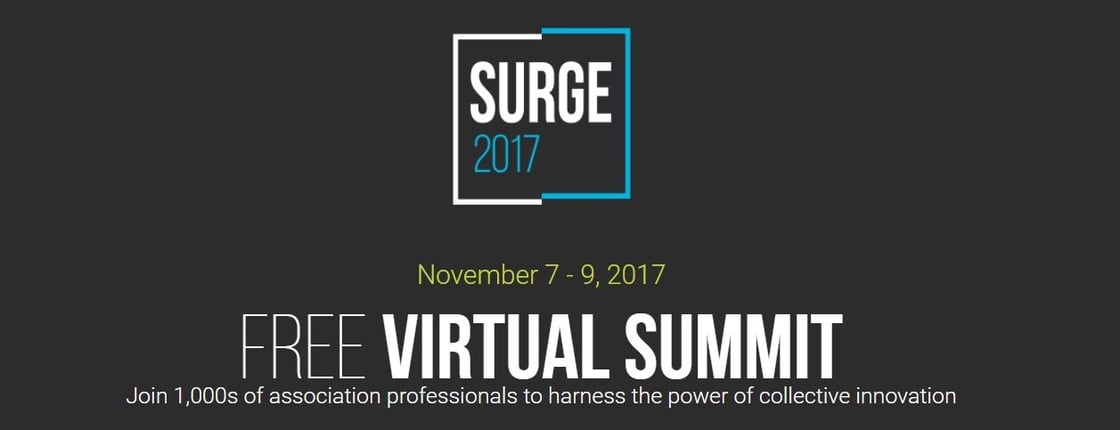
By:
Emily Nash
November 30th, 2017
You may think the number one goal for marketing automation is lead generation, and it’s not far behind; however, 43% of heavy users of marketing automation claimed optimizing productivity as the most important objective according to this study by Adestra Message Focus. With small teams charged with email, marketing automation is seen as a tool that will level the field. There’s no competing with Amazon’s 300-plus professionals solely focused on email marketing, so for small teams wearing multiple hats at once as is often the case with association professionals, it may be easy to see why productivity is such a major KPI.


By:
Leslie Schiff
November 29th, 2017
Between exhaustive research, multi-phase plans, staff training, and system upgrades, it can

By:
Katie Campbell
November 28th, 2017
SEO is one of those words that you frequently hear in todays digital age. If you are already confused by the first line of this post, SEO is short for Search Engine Optimization, figure out what all that means here, then read this post!
If you’ve made to this point, you probably feel like you know SEO - you’ve worked with it, started to get a sense of what’s going on. Well, Google is constantly trying to up its game (which is to be expected, it is Google) and as fast as our iPhones stopped working when the iPhone X came out, Google has released updates to the algorithm.


By:
Emily Nash
November 24th, 2017
This time of year feels like one big Hallo-Giving-Mas-New-Year holiday; and by that we mean it will be a new year before we can finish our pumpkin spiced lattes. And because Christmas ornaments have been out at Target since August, we think it’s fair to start planning for 2018.


By:
Emily Nash
November 22nd, 2017
There’s still time to get your promotional email messaging out for Black Friday and Cyber Monday. According to Forbes, there was a 15.2% bump in online sales in 2016 versus 2015 and that trend is expected to continue. To go even further, 40% of sales occurred on a mobile device. What does this mean for associations? Associations should be looking closely at how each touchpoint on a mobile device and online overall is experienced across all digital properties during the buyer’s journey. Here are a few key trends to watch out for and how associations should respond so they don’t miss out on big opportunities.
.jpg?width=640&name=339H%20(1).jpg)

By:
Suzanne Carawan
November 8th, 2017
Today marks the second day of Association Success.org's SURGE 2017. The virtual conference is in its inaugural year and aims to put thought leaders together to discuss the disruption that is occurring in the association industry. We are proud to support the conference as a founding sponsor because we see how the association industry is changing on a daily basis.
The top areas for disruption in associations (from our perspective) fall into the following areas:
1) Executive Leadership: the need to find digitally-savvy executives that have track records in revenue growth
2) The Right Personnel: ensuring that the organization has staff with digital skill sets and the right tools to do value-added work in an efficient and effective manner





